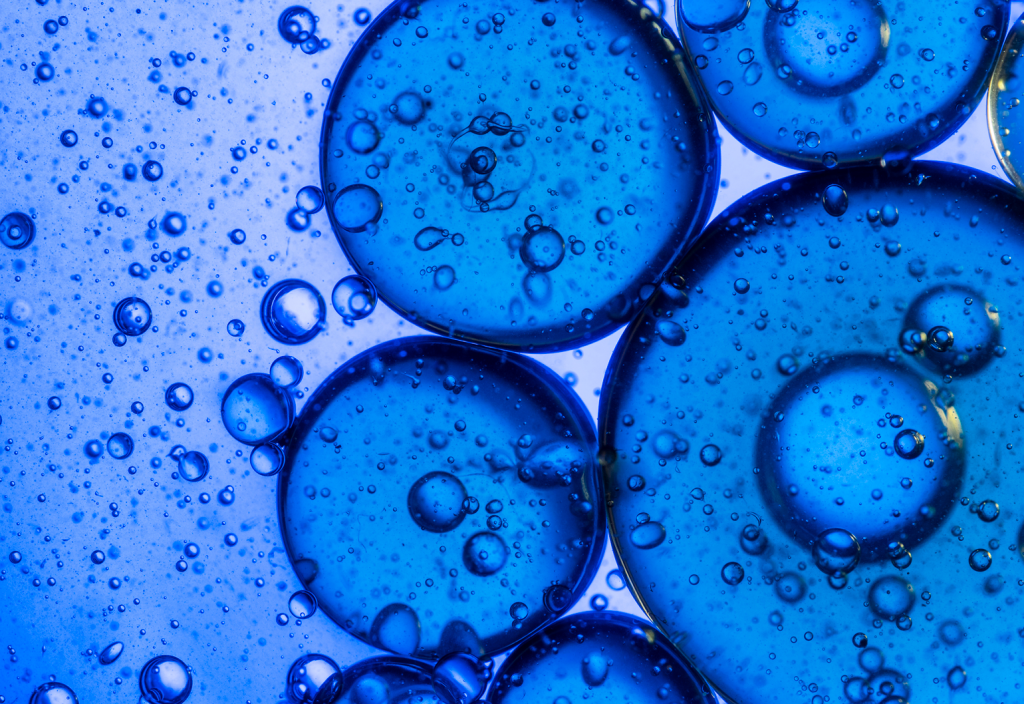US researchers have developed a prototype system that uses solar power to convert water from the ocean into hydrogen and oxygen, providing a way to store green energy without using fresh water.
The variable nature of renewable energy sources such as wind turbines and solar panels has seen an increasing demand for ways to store energy while the wind blows and the sun shines. Electrolysis of purified water into hydrogen and oxygen is a promising technology that doesn’t produce carbon emissions. However, widespread use of fresh water to store energy as hydrogen would place pressure on dwindling resources.
With oceans making up close to 70 per cent of the Earth’s surface and holding around 97 per cent of the planet’s water, researchers have been working to find a way to convert this abundant resource into clean energy without the need to go through expensive desalination processes.
Researchers at Stanford University in the US have recently developed a prototype system that can split seawater into hydrogen and oxygen using a “surprisingly simple” design that incorporates corrosion-resistant electrodes.
“If we had a crystal ball three years ago, it would have been done in a month,” said Professor Hongjie Dai in a statement.
A salty tale
During electrolysis, an electrical current is applied to two electrodes submerged in water, causing hydrogen to be produced at the negative electrode, and oxygen at the positive electrode. The major challenge in developing a way to electrolyse seawater is the production of chloride ions during the oxygen producing reaction at the positive electrode, which can cause corrosion.
In order to overcome this problem, the Stanford team developed a multilayer electrode which was able to chemically repel chloride ions. In their findings, recently published in the Proceedings of the National Academy of Sciences, the researchers reported that when operated at low voltages and high currents, this electrode was able to operate for over 1000 hours in alkaline seawater.
To achieve this, the positive electrode’s nickel-foam core was coated first with nickel sulphide then nickel-iron hydroxide. When the core was powered up, the nickel-iron hydroxide began the electrolysis reaction. This reaction caused the nickel sulphide layer to become coated in negative ions, which repelled the like-charged chloride ions and protected the electrode core.
According to researcher Michael Kenney, the protective coating significantly increased the life of the positive electrode from 12 hours to more than 1000 hours.
The research paper stated that the prototype system achieved “a current density of 400 mA/cm2 under 2.1 V in real seawater or salt-accumulated seawater at room temperature, while only 1.72 V was needed in industrial electrolysis conditions at 80°C”.
Kenney said this was comparable to existing processes that use purified water.
“The impressive thing about this study was that we were able to operate at electrical currents that are the same as what is used in industry today,” he added.
The researchers tested their system using photovoltaic solar cells as a power source, and said the technology could be readily transferred to existing electrolysis systems to allow them to use salt, rather than purified water.
“One could just use these elements in existing electrolyser systems and that could be pretty quick,” Dai explained.
“It’s not like starting from zero – it’s more like starting from 80 or 90 percent,” he added.
